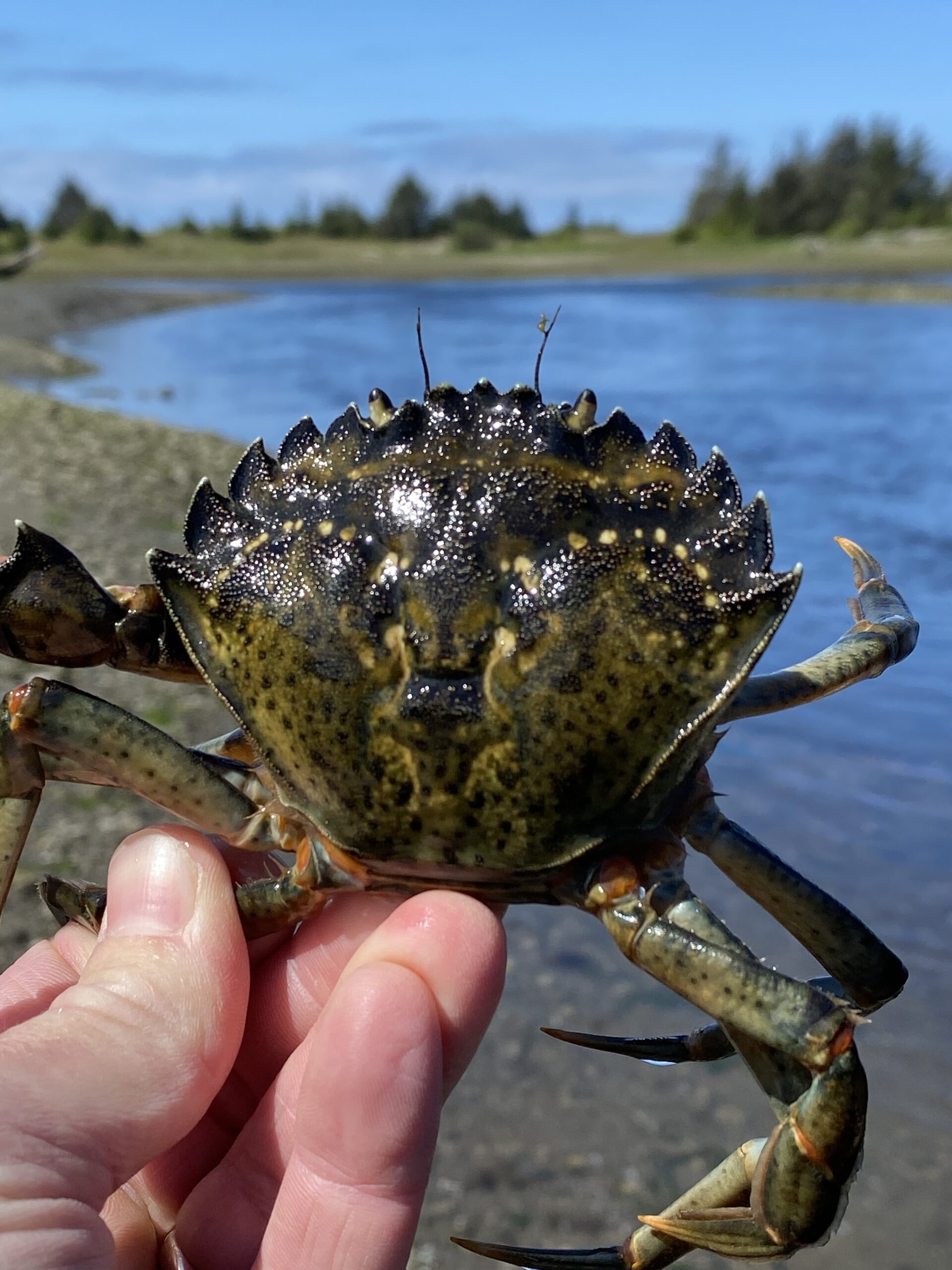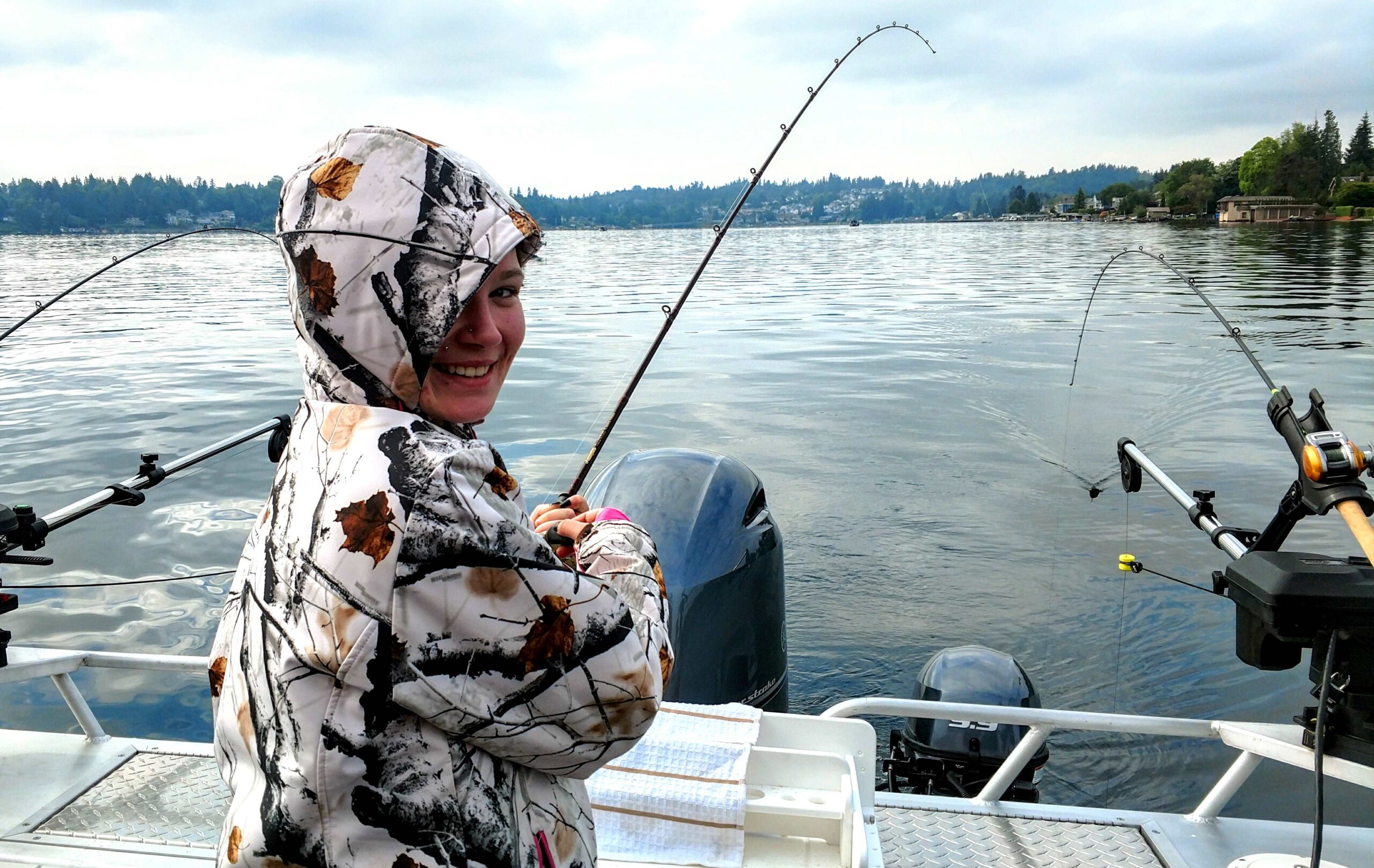By Gary Lewis
After 26 rainbows brought to hand and released, I reeled up the loose coils at my feet and clipped the Muddler Minnow off the line. Rain had been steady for the last hour and, soaked, I looked forward to climbing back in the Mustang and turning up the heater.
Upstream from a two-lane bridge, the river cut a channel through rock leaving a pool deeper than a man’s head. In the winter, an angler might catch a steelhead here; in the spring it was chinook, but the river offered a trout fishery too.
Today’s lipstick was a Muddler Minnow tied on a No. 8 long-shank hook, unweighted, with a turkey feather for the dorsal.
With no one else for company, it was easy to start at the top of the run, shake out a bit of line and stack-mend to get the fly to work into the seam this side of the riffle.
Lengthening the line, making micro-mends, the diminutive sculpin imitation presented to the trout below, and rainbows streaked up from the bottom to follow the Muddler across its arcs. And the longer the arc, the more likely the trout would grab.
After several trout I was startled to realize I did not feel a single bite. Instead, at best, it was a movement of the line, a two-inch indication, not even a tick that I responded to. Now and then a trout would give itself away with a flash below the surface. Trout after trout bit. Almost every cast they grabbed, but I only counted them when I could fight them all the way to the bank.
As time passed, I stepped downstream, roll-cast the same length of line each time and teased trout out from beneath the shadow of the bridge. When, properly soaked from the rain, I saw another angler headed toward me. He cast a glance toward the fly I had just removed from my line.
“Take this,” I said. “It’s working.” And before I walked up to the bridge, I pointed out where I supposed the trout were lying in the tea-colored water.
But I couldn’t leave. I had to watch from the bridge to see what the trout were doing. Taking care to not cast my shadow over the fish, I leant both elbows on the rail and watched the angler work out line and swing the Muddler across.
A trout streaked up from the middle of the water column, followed a couple of feet and then closed its mouth over the deer hair streamer. There was no reaction from the fisherman. He let the fly continue to swing while the trout moved with the Muddler then opened its mouth and spit it out.
Surprised, I said nothing and continued to watch. In twenty casts, ten trout grabbed and the guy did not a single time sense the bite. I could not stand it. I walked back down.
He was ready to change flies.
“You’re getting bit on almost every cast,” I said. He didn’t believe me but he consented to cast again. When the fish bit, I called the strike. And he caught a fish. And I left him to it.
What was the difference, I wondered then, and I still wonder today when I fish alongside someone who clearly catches more fish than me. If the fly is the same and the presentation is the same, why does one angler catch fish and another does not? How many fish bite and we do not know it?
Line control and sensitivity is hard to teach and even harder to learn.
Let’s call it electricity, an impulse in a conductor. Cast out a dead thing; the conductor swings out in the void. And then, out of the void comes a live thing and closes the circuit. For a moment, the line tingles and energy pulses from the muscles of the trout on the other end. In tune with the lightning rod that is the graphite in your hand, you sense it. Exchange of energy. Reaction making contact.
Let the fish take a bit of line, lift the rod or turn the tip toward the bank. Let the trout hook itself. It’s electric.
# # #
Gary Lewis is the host of Frontier Unlimited TV and author of Fishing Central Oregon, Fishing Mount Hood Country, Hunting Oregon and other titles. Contact Gary at www.GaryLewisOutdoors.com
The End






















